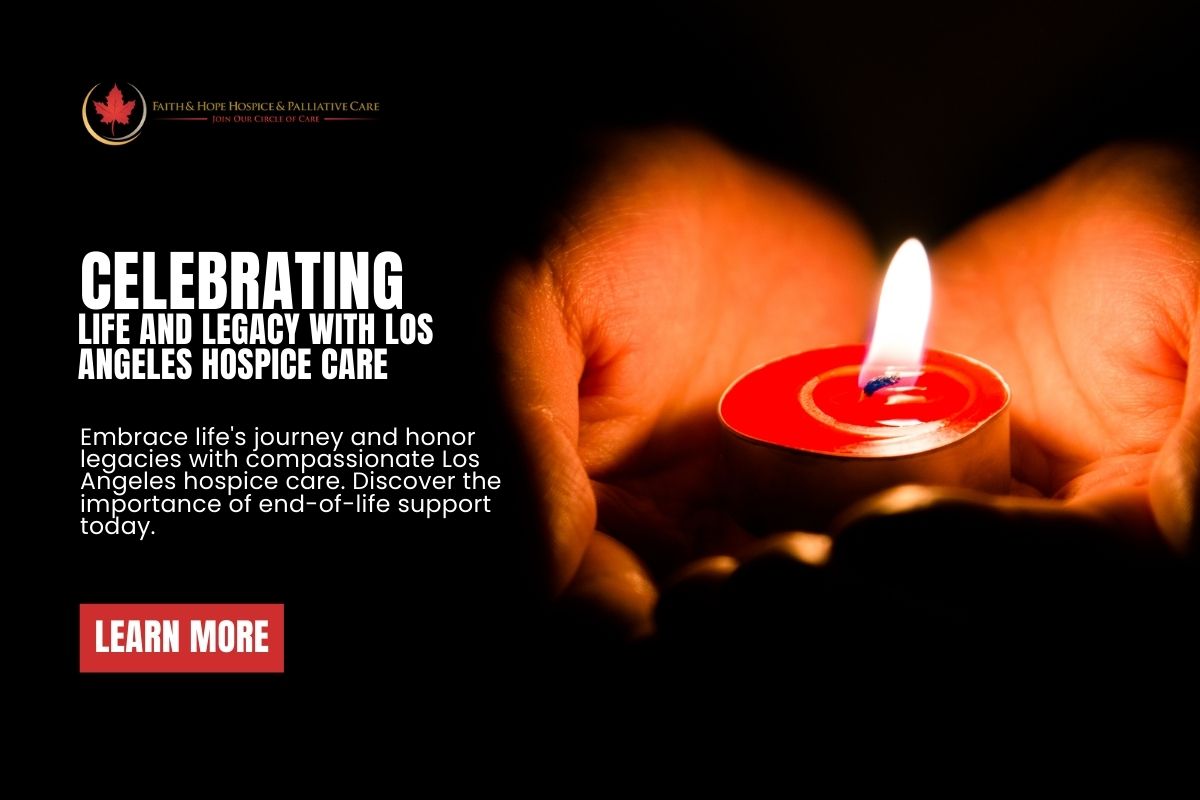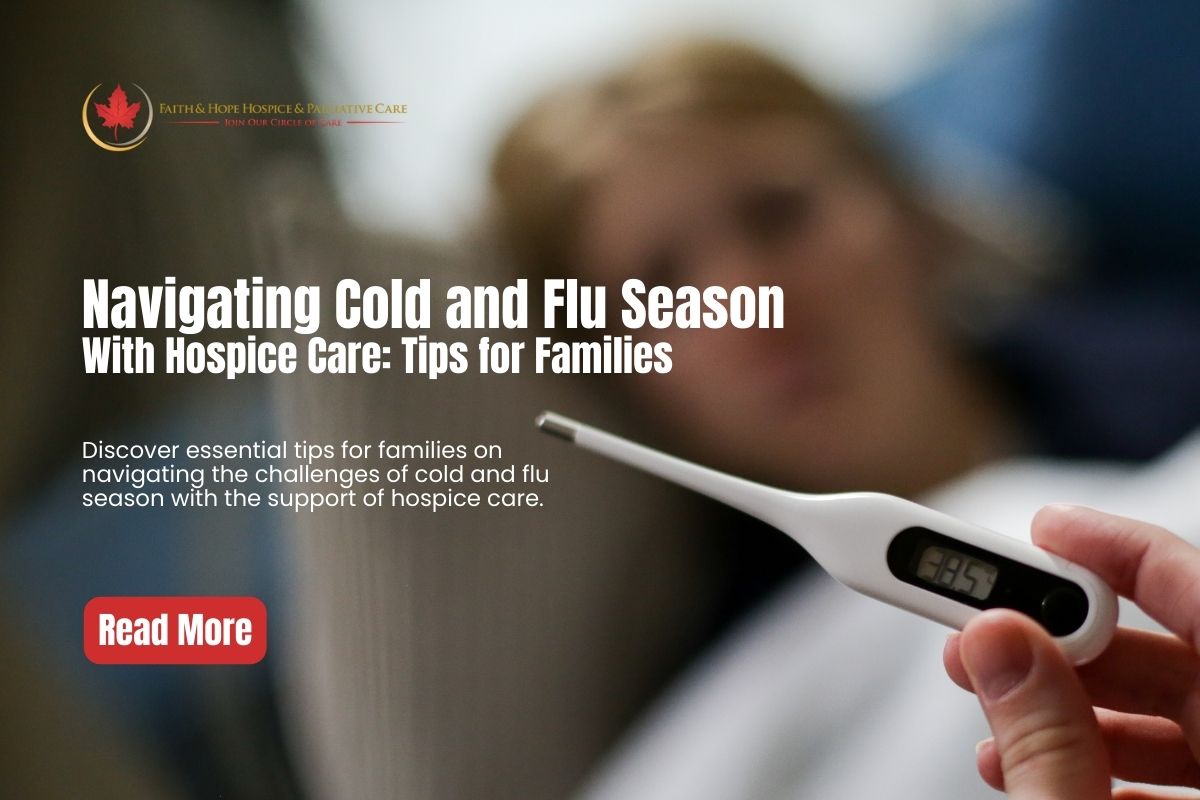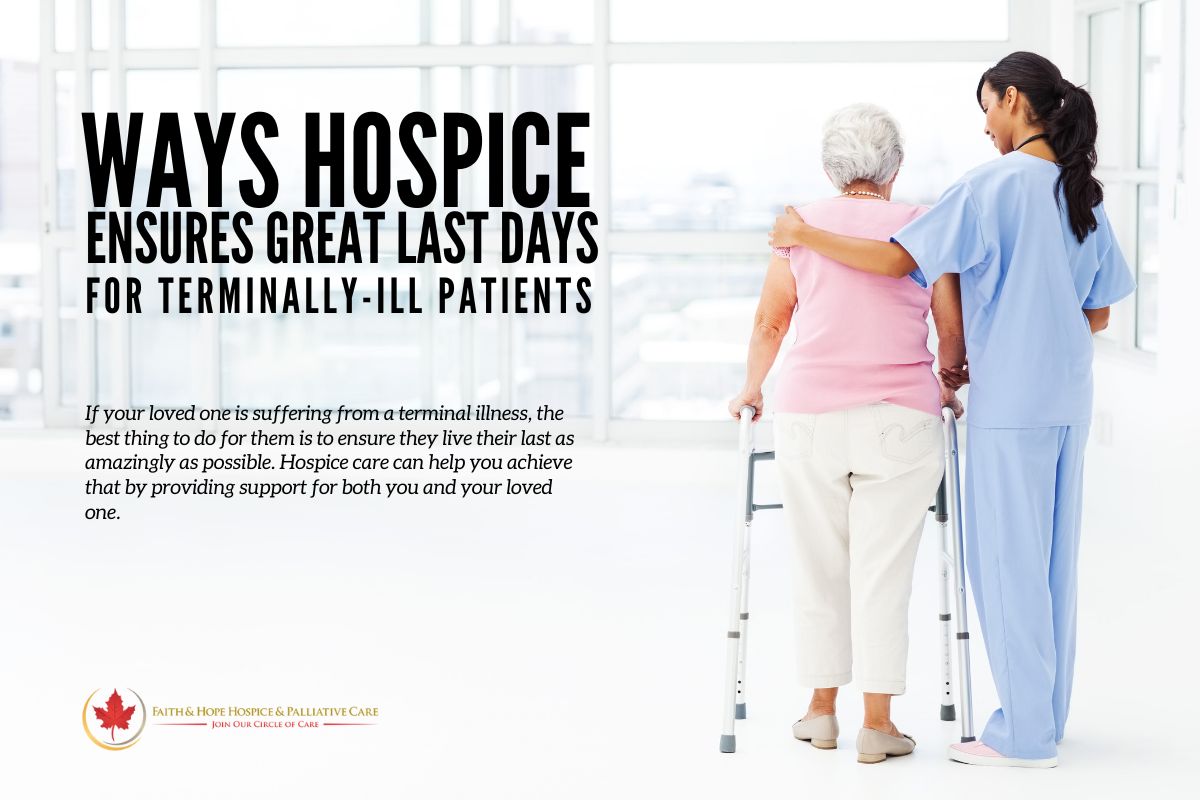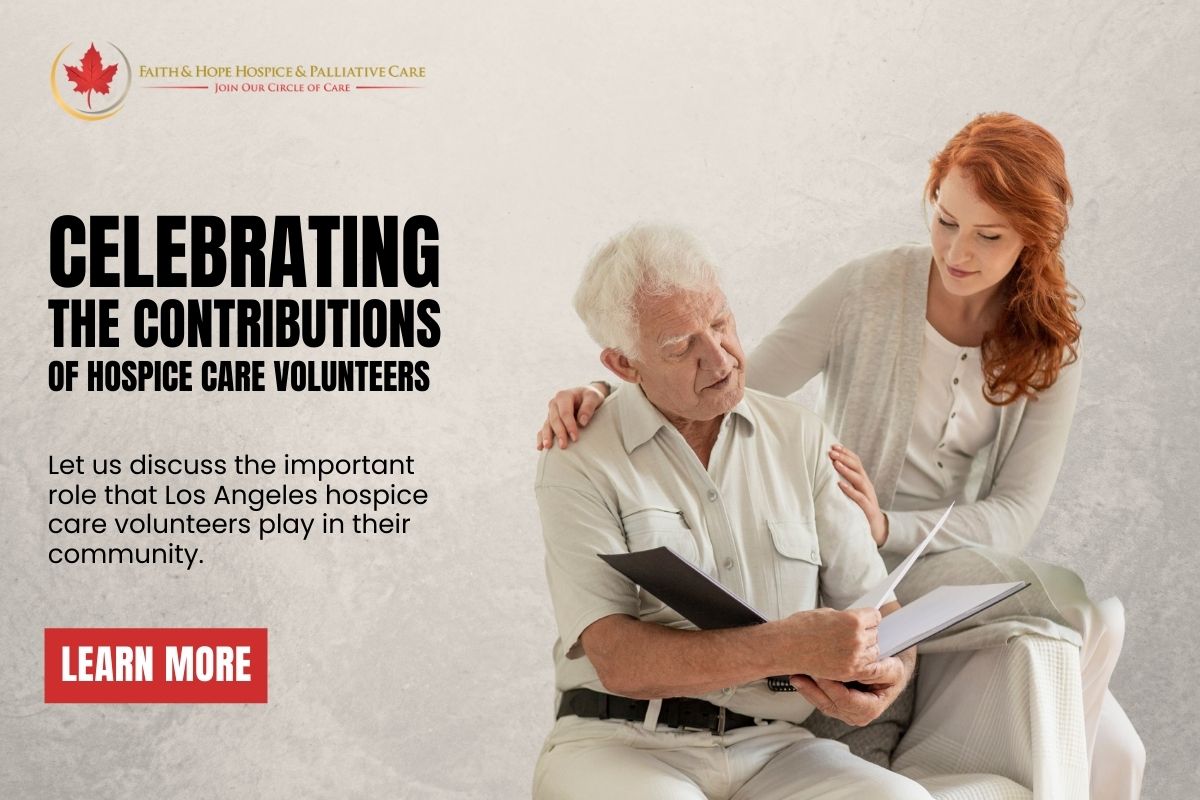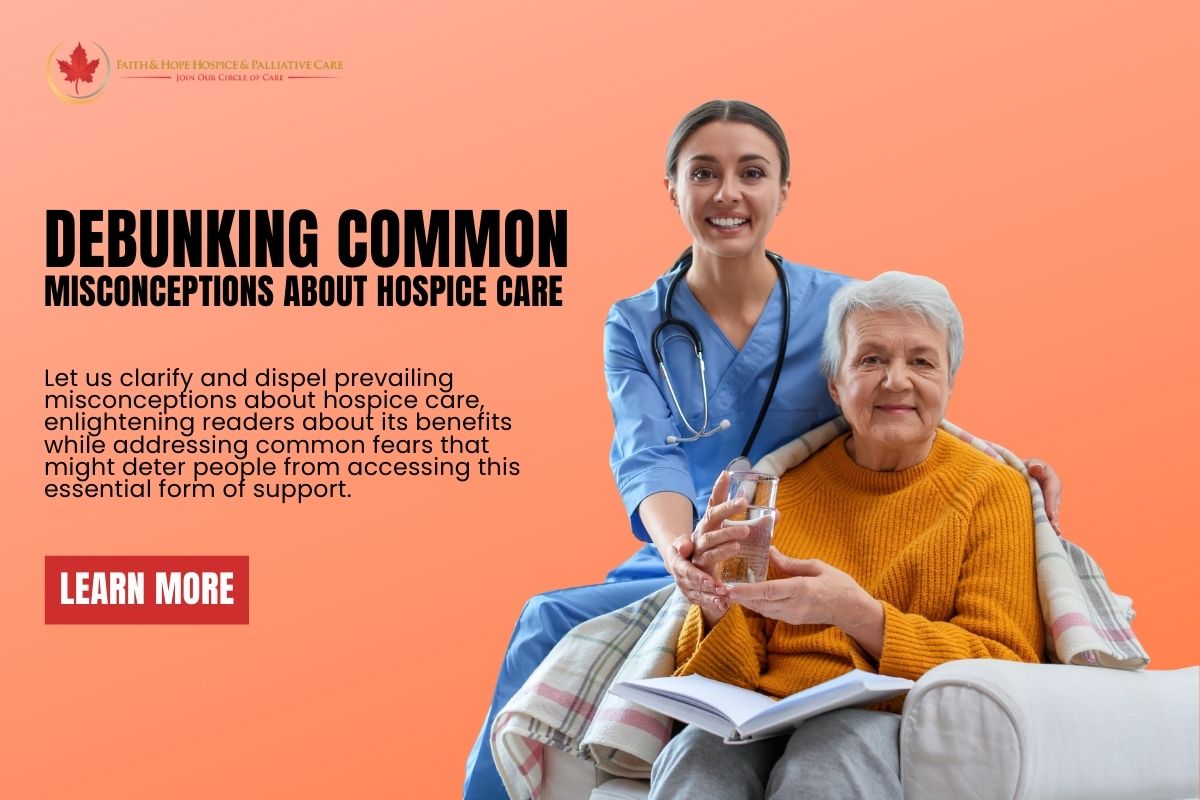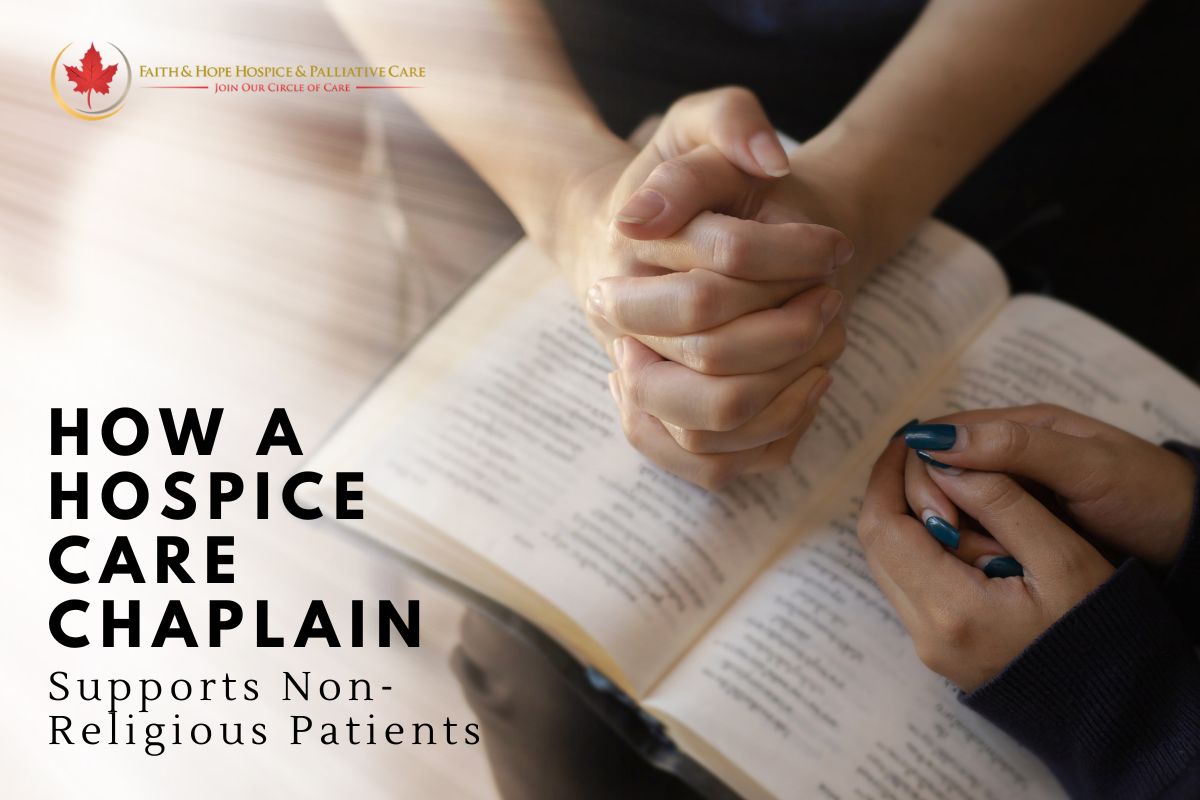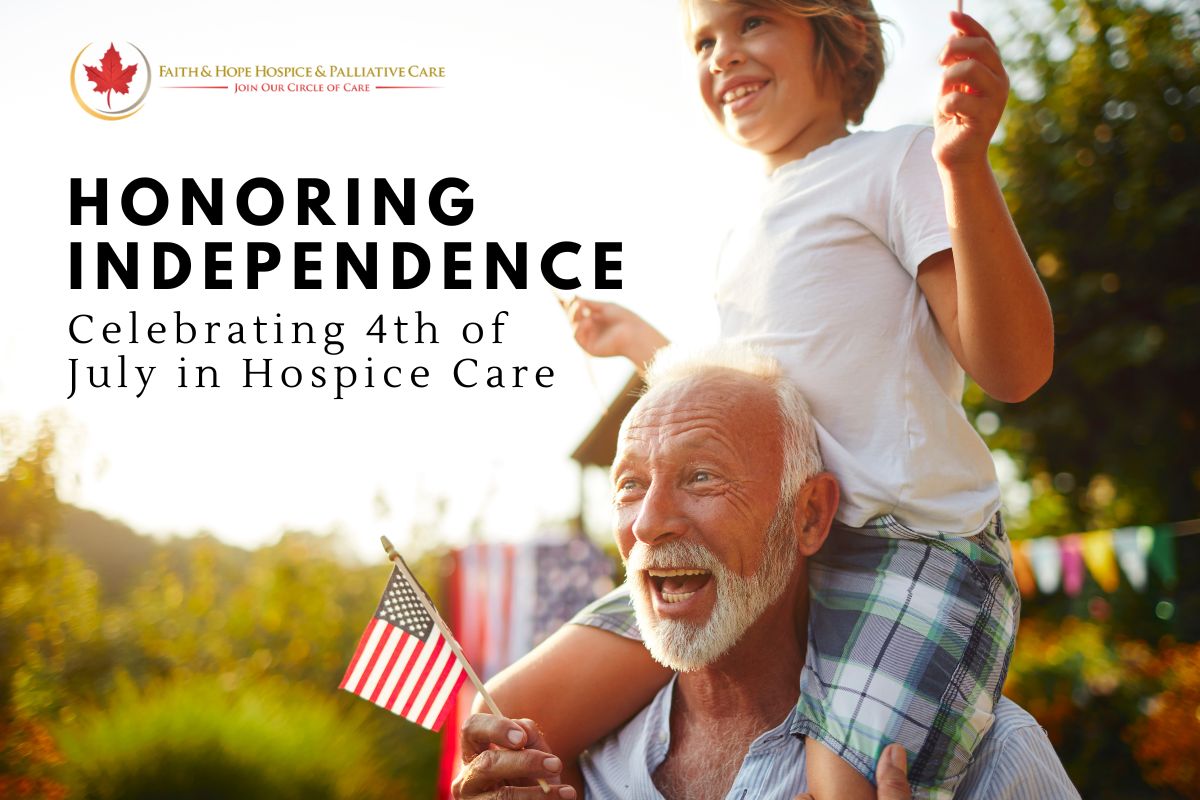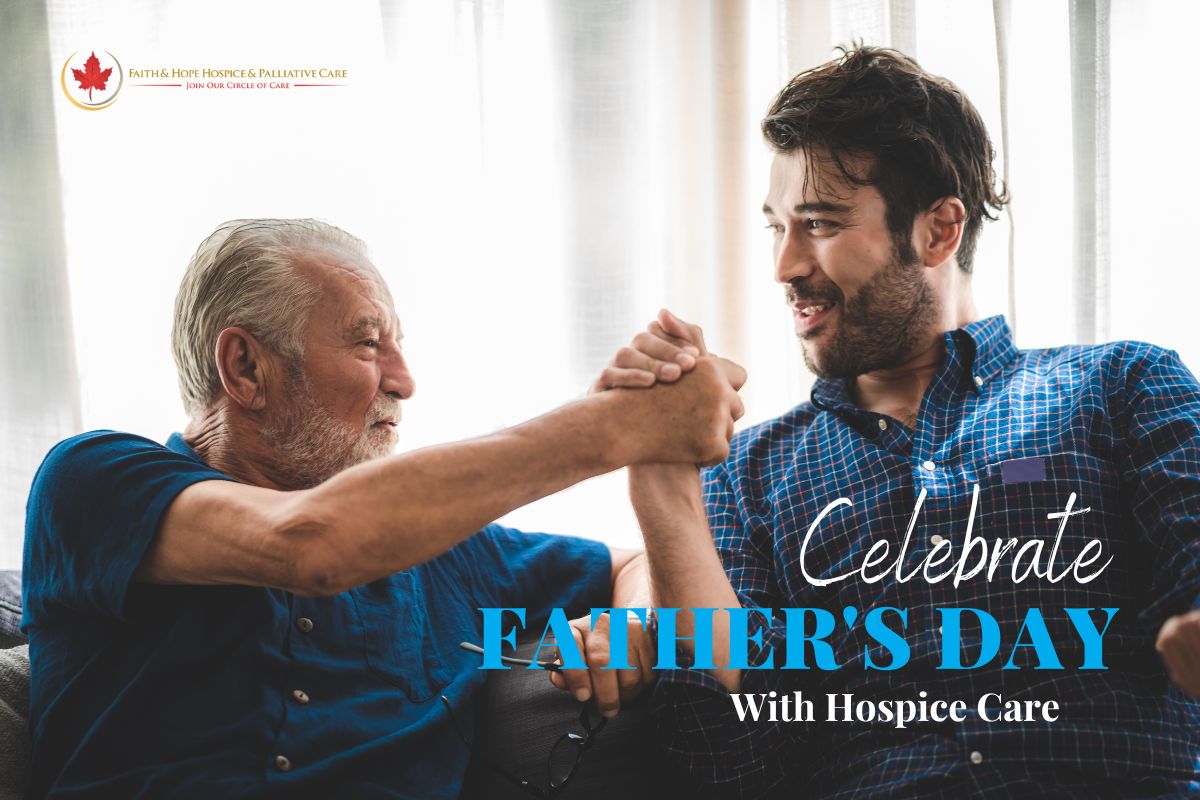- By: administrator
- Blog
- No Comments
Celebrating Life and Legacy with Hospice Care
The connected threads of life, art, and humanity are perhaps most distinctly felt during National Arts and Humanities Month. As people across the country honor the creativity, stories, and memories that have shaped our collective experiences, we find a strong resonance in places usually overlooked: hospice care. Los Angeles hospice care offers end-of-life care with
- By: administrator
- Blog
- No Comments
Cold and Flu Season with Hospice Care: Tips for Families
As the leaves begin to change and temperatures drop, the arrival of cold and flu season becomes inevitable. For families already dealing with the complexities of hospice care, the added concern of illness during this time can be overwhelming. However, with proper understanding, precautions, and access to resources like hospice care, families can navigate the
- By: administrator
- Blog
- No Comments
World Alzheimer’s Month and Hospice Care: Navigating the Journey with Compassion and Understanding
World Alzheimer’s Month serves as an annual reminder of the global impact of Alzheimer’s disease and other forms of dementia. It is a time to raise awareness, challenge stigma, and advocate for better support and care for individuals living with dementia and their families. Amidst this significant month of reflection and awareness, it is crucial
- By: administrator
- Blog
- No Comments
Ways Hospice Ensures Great Last Days for Terminally-Ill Patients
A terminal illness is a challenging and emotionally taxing experience for patients and their families. In such difficult times, Glendale hospice care emerges as a compassionate and specialized approach that focuses on enhancing the quality of life for individuals in the final stages of life. Hospice provides supportive services tailored to terminally ill patients’ unique
- By: administrator
- Blog
- No Comments
Celebrating the Contributions of Los Angeles Hospice Care Volunteers
In the realm of end-of-life care, hospice services play a vital role in providing comfort, compassion, and support to patients and their families. While the focus often remains on the medical staff and professionals, the unsung heroes of hospice care are the volunteers who selflessly dedicate their time, energy, and hearts to make a difference
- By: administrator
- Blog
- No Comments
Debunking Common Misconceptions About Los Angeles Hospice Care
Los Angeles hospice care is an essential and compassionate form of medical support for individuals facing life-limiting illnesses. Despite its critical role in improving patients’ quality of life, there are several misconceptions surrounding hospice care. These misunderstandings often prevent individuals from seeking this specialized care when they need it the most. In this blog, we
- By: administrator
- Blog
- No Comments
How a Los Angeles Hospice Care Chaplain Supports Non-Religious Patients
In hospice care, chaplains play a crucial role in supporting patients and their families as they navigate the end-of-life journey. While traditionally associated with religious guidance, hospice chaplains are adept at addressing the spiritual needs of individuals from various backgrounds, including those who identify as non-religious. This article explores the ways in which a Los
- By: administrator
- Blog
- No Comments
Honoring Independence: Celebrating 4th of July in Los Angeles Hospice Care
Hospice care is a compassionate service that provides comfort, support, and dignity to individuals with terminal illnesses. While the 4th of July is typically associated with fireworks, barbecues, and festivities, it’s also an opportunity to honor independence and compassion by extending the celebration to those in hospice care. This article explores the significance of commemorating
- By: administrator
- Blog
- No Comments
Honoring Juneteenth in Los Angeles Hospice Care
Juneteenth, or Emancipation Day or Freedom Day, holds tremendous significance in African American history. It commemorates the emancipation of enslaved individuals in the United States, specifically marking the day when news of freedom reached the last remaining enslaved people in Texas on June 19, 1865. In the context of hospice care, Juneteenth presents a unique
- By: administrator
- Blog
- No Comments
Celebrate Father’s Day with Los Angeles Hospice Care
Father’s Day is a special holiday to celebrate and appreciate the love, guidance, and support our fathers provide throughout our lives. However, this day can be bittersweet for families whose fathers are receiving hospice care. While the journey may be challenging, hospice care offers a unique opportunity to honor and support fathers during their end-of-life

